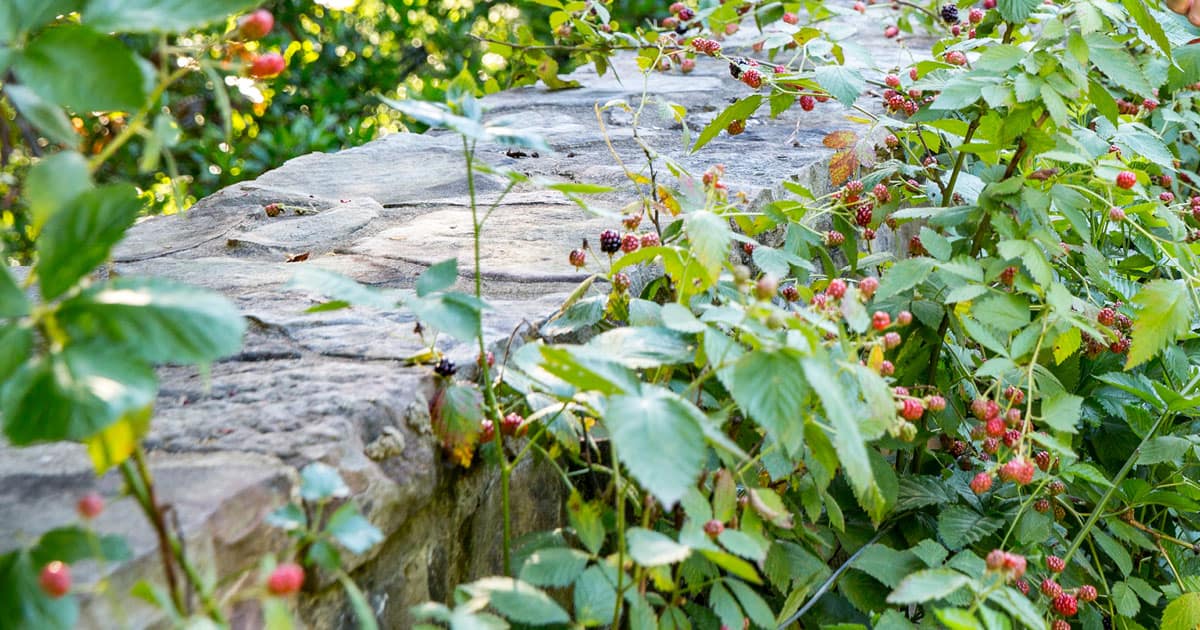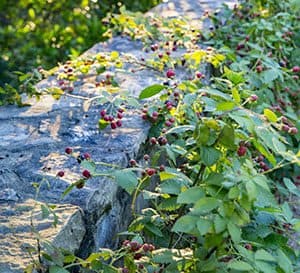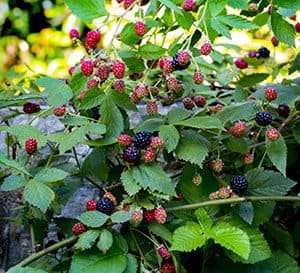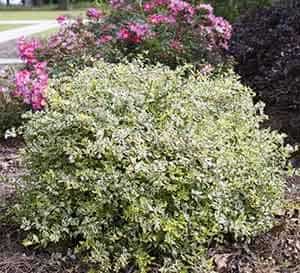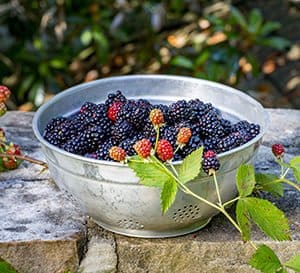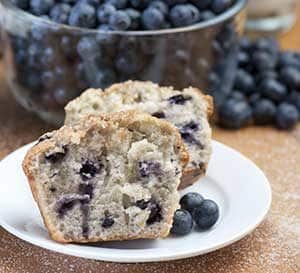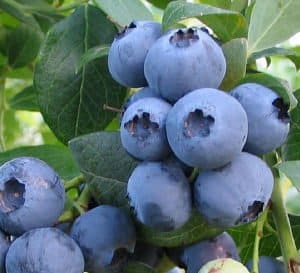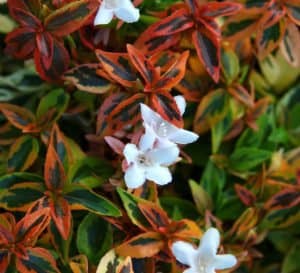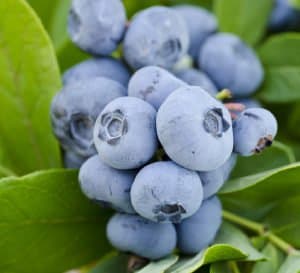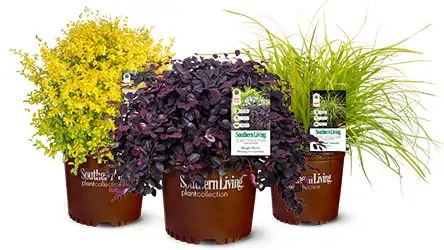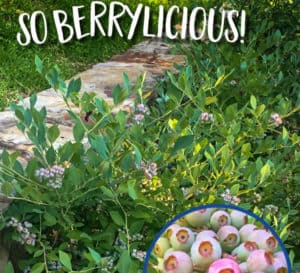It’s time to turn over a new leaf and make your landscape ‘Berrylicious’ with Southern Living Plant Collection’s easy to grow blackberries and blueberries. You may remember picking blackberries as a child – the tasty jam, the cobblers and the bandages covering the wounds from thorns. No worries now, as ours are ‘ouch-free.’
That’s right, Southern Living Plant Collection offers three selections of the plumpest, tastiest blackberries on the market, and they are all ouch-free because they are thornless. They are also tolerant of a wide range of soil types and pH. In other words, everyone can enjoy these thornless blackberries.
Imagine a glorious spring landscape with Encore® Azaleas. But instead of partnering with spiraea, you have chosen blackberries like ‘Osage,’ ‘Navaho’ and Prime-Ark® ‘Freedom’ as companions. You’ll be reveling in long canes of white blooming rose-like flowers that bring in bees and butterflies.
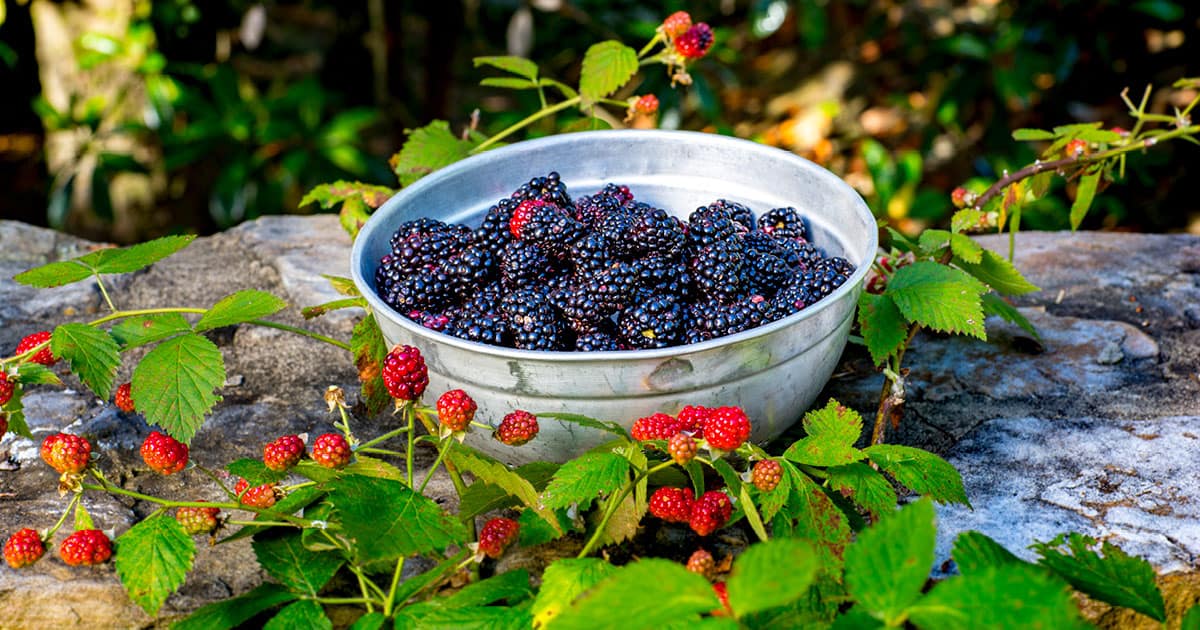
After the blooms of course, you will soon be eating the best blackberries on the planet. With the Prime-Ark ‘Freedom’ you’ll actually get two harvests, as this is the first blackberry to produce on new wood and well as second year wood. That’s more delicious fruit for your family to eat.
Perhaps you are already growing climbing roses like Cecile Brunner, Dortmund or Lady Banks. Well then, these rose-family blackberries would certainly make natural partners and they are recommended for zones 6–10.
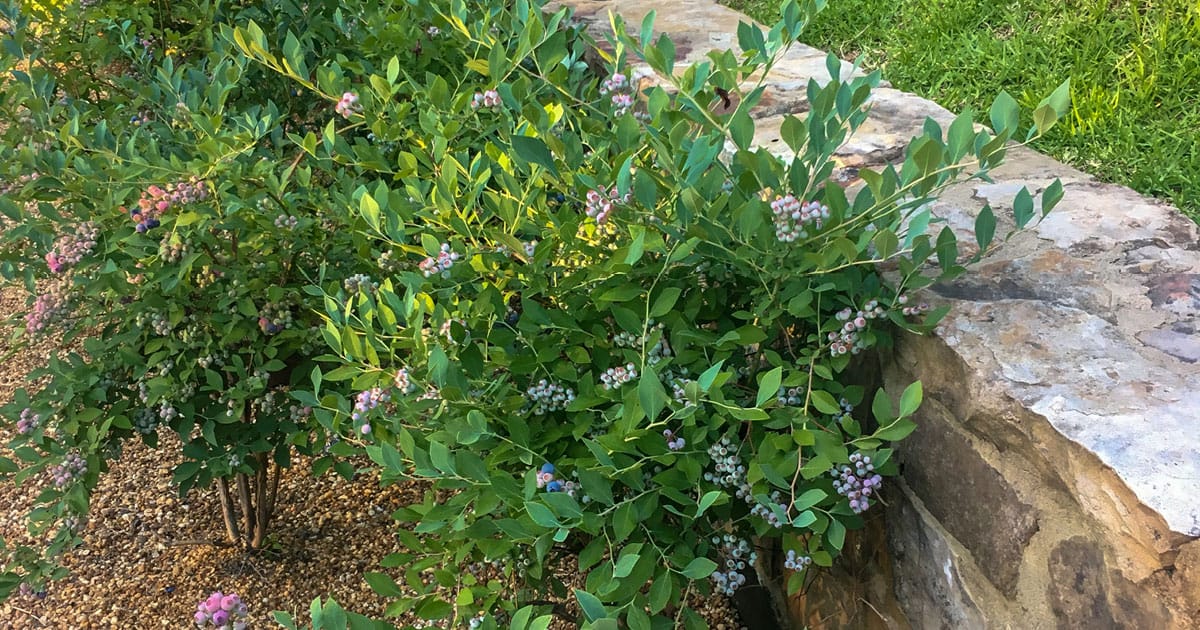
While Southern Living Plant Collection blackberries are perfect for the edible landscape, what could be more natural than having rabbiteye blueberry selections whose native habitat is the south? Blueberries like Bless Your Heart™ and Takes the Cake™ are early season blueberries offering the landscape much more than you ever realized.
Consider 4- to 5-foot-tall deciduous shrubs that begin spring with hundreds of delicate looking white bell or urn-shaped flowers dangling downward from all branches. The blue-green leaves emerge in stark contrast with other nearby darker green leaves.
Then the fruit begins to mature—first green, then pink, followed by blue. All of the colors are seen at once as the ripening fruit gives you a lengthy harvest. The Southern Living Plant Collection blueberries are also pest and disease resistant.
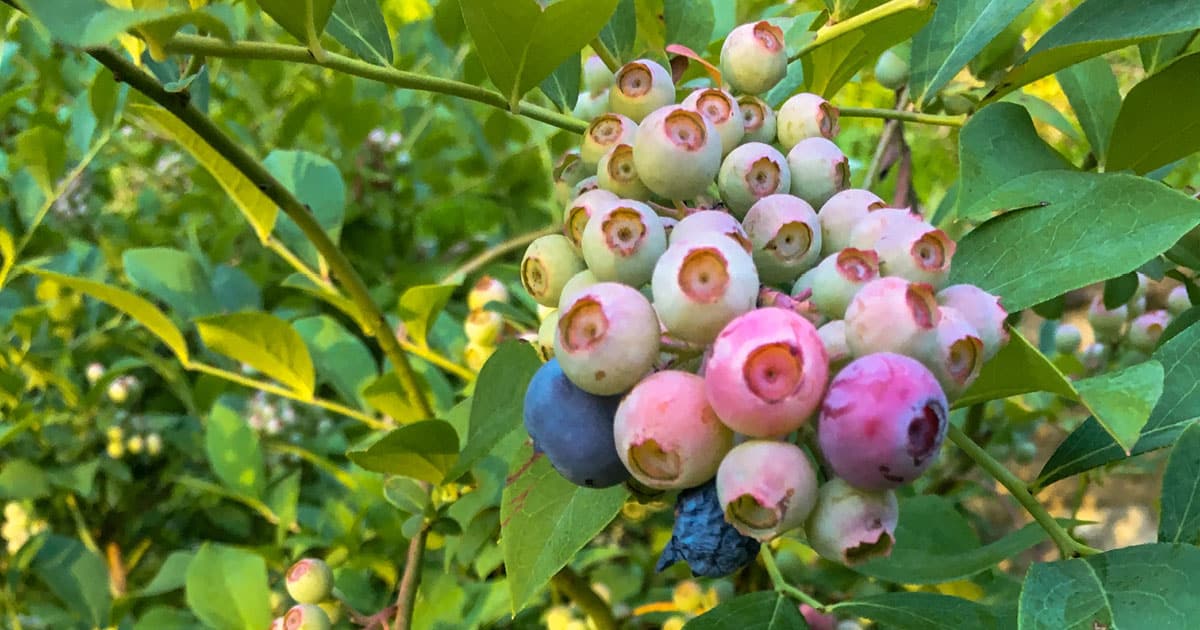
In the landscape just picture odd-numbered clusters of your blueberry plants with your favorite Encore Azalea colors. Bless Your Heart and Takes the Cake partner well for pollination. Try a cluster of these blueberries behind dwarf Encore Azaleas like the hot pink Autumn Carnival™ or the new fiery red Autumn Bonfire™. Blueberries and azaleas are actually related and grow well in the same organic-rich, acidic soil.
In addition to informal clusters with Encore Azaleas, dazzling combinations can be made with the Southern Living Plant Collection abelias like Confetti®, ‘Kaleidoscope’ or Miss Lemon™. These 4- to 5-foot-tall blueberries also allow you the opportunity to create an edible hedge or screen.
Your blueberries will require plenty of sun to produce strong growth and ripen fruit, and as mentioned above, you’ll also want to include both varieties for cross-pollination. Space your blueberries 6- to 8-feet apart in the landscape or 4-feet apart if growing as a hedge.
The landscape will become a blaze of color in the fall as both Bless Your Heart and Takes the Cake blueberry foliage transitions to shades of burgundy or copper/orange. Everything you need to know about growing, harvesting and even cooking with these Southing Living Plant Collection berries can be found on our website. We’ll see you there.

